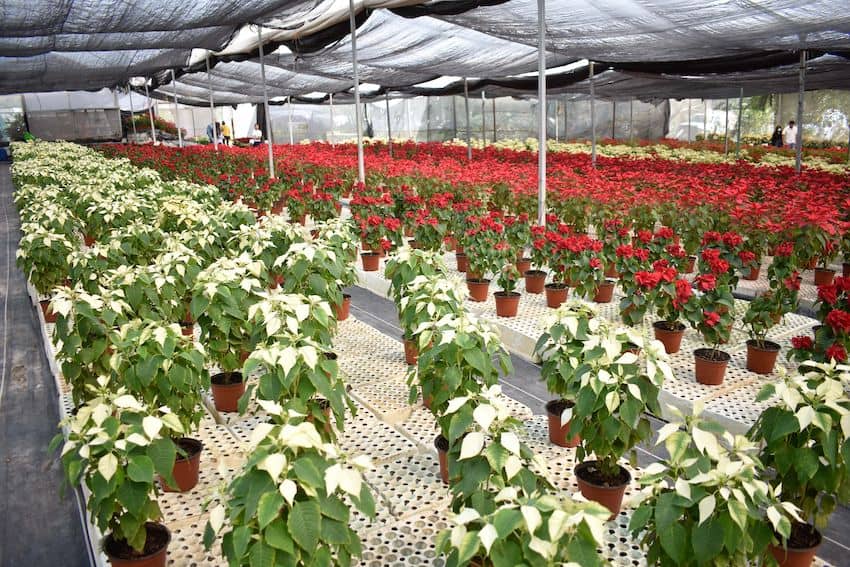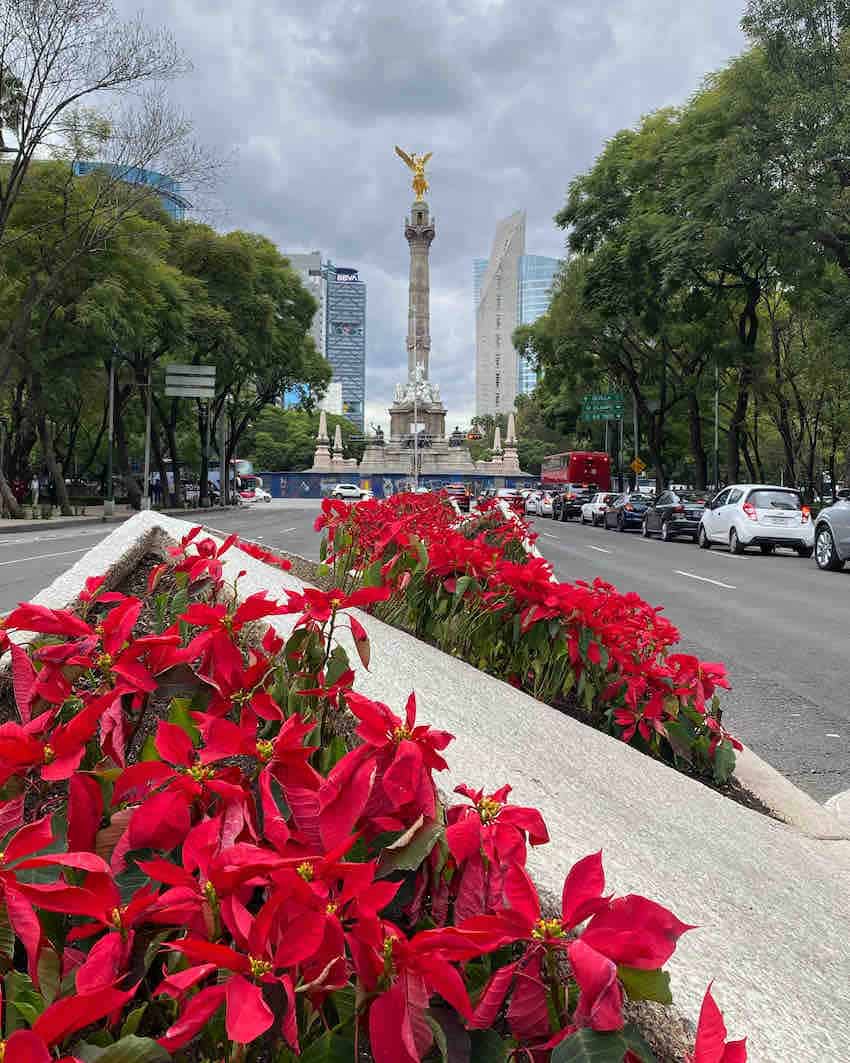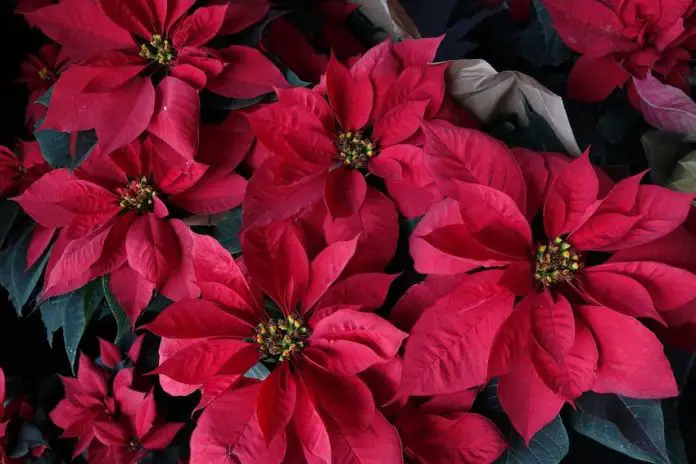It’s beginning to look a lot like Christmas. Thank you, Mexico!
Thank you, Mexico?!
Indeed, a big reason why it looks like Christmas every December is the appearance of thousands if not millions of bright red poinsettias — Mexico’s gift to the Yuletide world.
Called nochebuena in Spanish, the flowering plant is native to Mexico and is grown predominantly in six states and the federal district. According to the Ministry of Agriculture and Rural Development (SADER), the leading producer by state is Morelos followed by Michoacán, Mexico City and Puebla.
How poinsettias became a Christmastime favorite
Before the arrival of the Spanish in 1519, the plant was ornamental and grown in the gardens of rulers such as Moctezuma II and Nezahualcóyotl.

Many cultures in Mesoamerican considered red to be related to power, and the Mexica (Aztecs) used poinsettia pigment to dye textiles. In those times, green parts of the plant were used to increase breast milk production and help fight skin infections.
Franciscan monks from Spain used the flower to decorate their altars in Mexico and started calling it nochebuena because it bloomed during the Christmas season (Christmas Eve is known as nochebuena in Spanish).
Many of those monks were based in what is the current state of Guerrero, which Joel Roberts Poinsett, the first U.S. minister to Mexico, visited at Christmastime 1825. Also an amateur botanist, Poinsett (for whom the plant was named, duh) sent some specimens to the Bartram Botanical Garden in Philadelphia.
When the poinsettias were exhibited there in 1829, they were a huge hit, and their star status grew even more after they were introduced in Europe. They spread from country to country and became a highly recognizable icon of Christmas.

How many varieties are there, and where are they grown?
Although nearly 100 varieties of poinsettia are known, SADER said no more than 30 varieties are grown in Mexico where the red flower accounts for 90% of production. There are also white, yellow, pink and salmon colors, as well as striped and marbled varieties.
In the wild, it grows in states along the Pacific Coast from Sinaloa to Chiapas, and a genetic study traced its roots back to northern Guerrero. It likes dry, tropical forests and altitudes between 1,000 and 2,000 meters.
Growers usually plant seeds in May, as the plants take approximately six months to reach maturity. However, if a cutting, sprig or small plant is used, growth time is reduced to six to 11 weeks.
In Mexico, the plant is also called Christmas Flower, the Star of Christmas, Easter Flower or Easter Fire Flower (it often blooms around Easter time). In Nahuatl, its name is cuetlaxochitl, which means “flower that withers.” Euphorbia pulcherrima is its scientific name.
Poinsettia plants are shrubs or small trees. Its flowers are made up of red bracts (modified leaves), which are often confused with petals.

Where to buy them in Mexico during the holiday season
One of the best places is in Mexico City at the Festival de Flores de Nochebuena, which runs through Dec. 17. Thousands will be on sale on Paseo de la Reforma Avenue.
Although one can purchase poinsettias pretty much anywhere at this time of year, one of the advantages to the festival is being able to buy directly from members of the estimated 5,000 rural families — including producers, day laborers and merchants — in the federal district that depend on poinsettias for their livelihood.
The festival will have various varieties, with prices generally range from 20 to 90 pesos (US $1.16 to $5.24), according to an organizer.
In all of Mexico, 2022 production of poinsettias was 21.5 million plants with a value of 902.7 million pesos (US $52.5 million), according to SIAP. That was an increase of 24.2% over the 17.3 million plants of 2021.
With reports from El Economista, Infobae and National Geographic en Español
